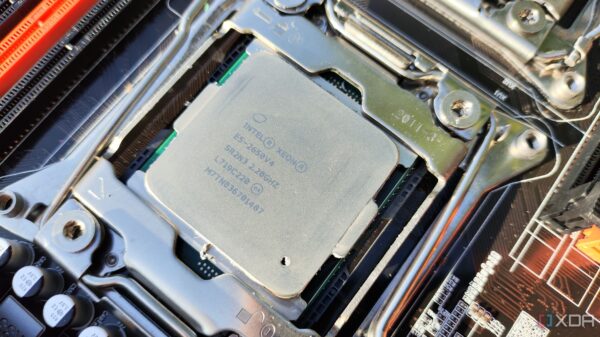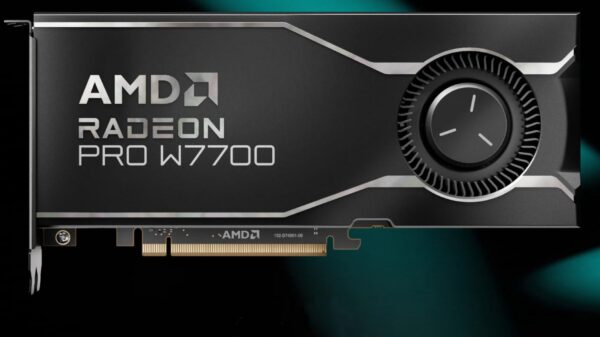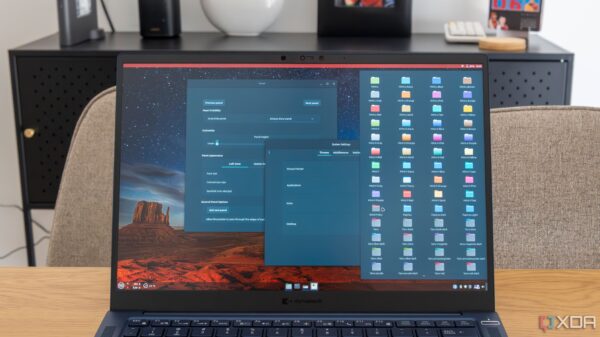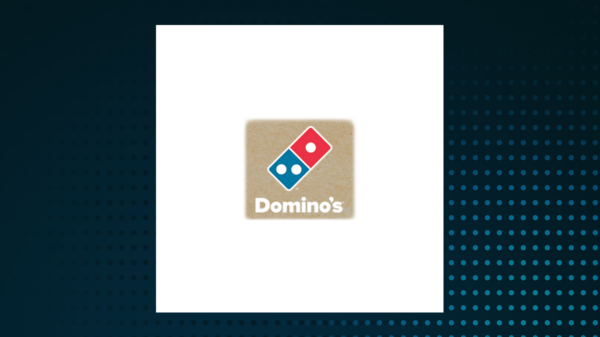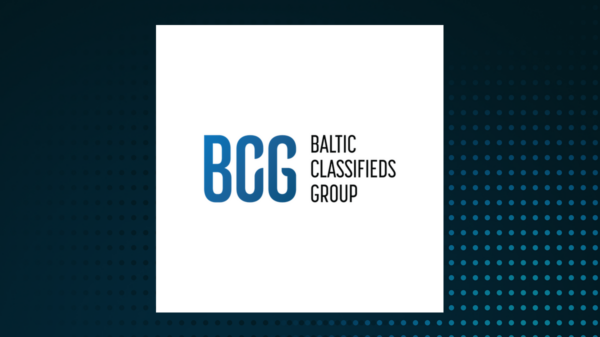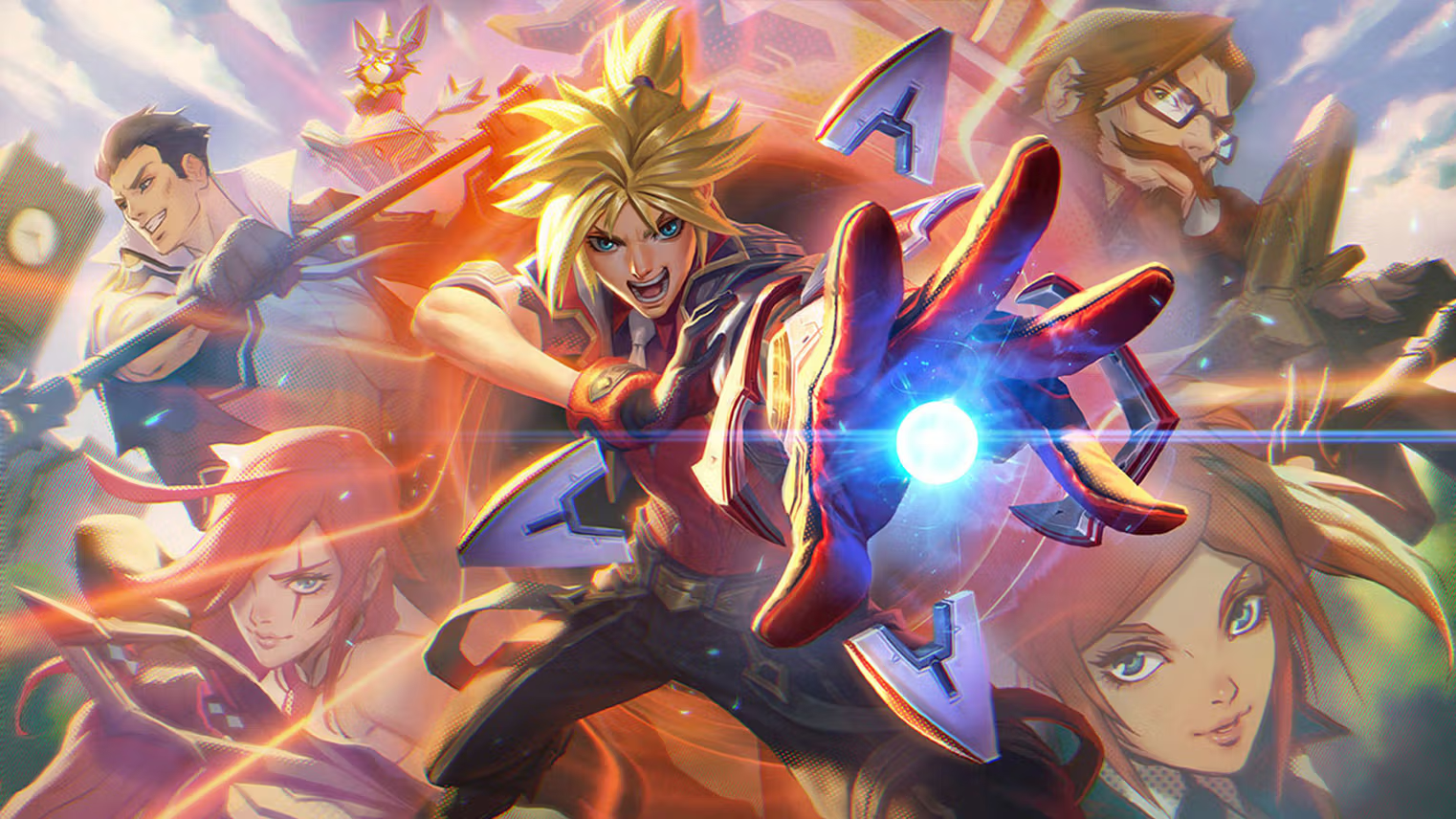Riot Games has announced the gradual introduction of a new WASD control scheme for its popular game, League of Legends, which has operated primarily on point-and-click controls for nearly 16 years. This initiative aims to enhance gameplay for both newcomers and seasoned players, with the company asserting that “offering WASD controls will provide a fresh yet familiar way to play.”
The decision reflects the growing trend in the gaming industry, as WASD has become the standard for many PC games. Riot Games believes that incorporating this control option will make League of Legends feel more intuitive for players who have experience with other titles. “We believe League will feel more intuitive to some players who come from other games,” the company stated in a recent announcement.
As part of this transition, Riot Games is committed to maintaining competitive balance between the two control styles. The WASD scheme will initially be tested in the League of Legends public beta environment before being introduced to non-ranked matches. Eventually, the new controls may be permitted in ranked and professional play, pending successful testing.
League of Legends launched in October 2009 and has since become a cornerstone of competitive gaming. Despite its immense popularity and a dedicated player base, the game is often criticized for its steep learning curve. Many players find the complexity daunting, leading to high dropout rates among those who attempt to join the ranks.
The introduction of WASD controls could potentially lower the barrier to entry for new players. Riot Games has indicated that this change is just one of several long-term projects aimed at evolving the game and enhancing user experience. As the gaming landscape continues to change, Riot is actively exploring ways to adapt and attract a broader audience.
The move comes at a pivotal time as the gaming community seeks more accessible gameplay options. With the potential for WASD controls to reshape how players interact with League of Legends, the company is positioning itself for future growth and inclusivity. As this project unfolds, it remains to be seen how players will respond to this significant shift in control dynamics.


